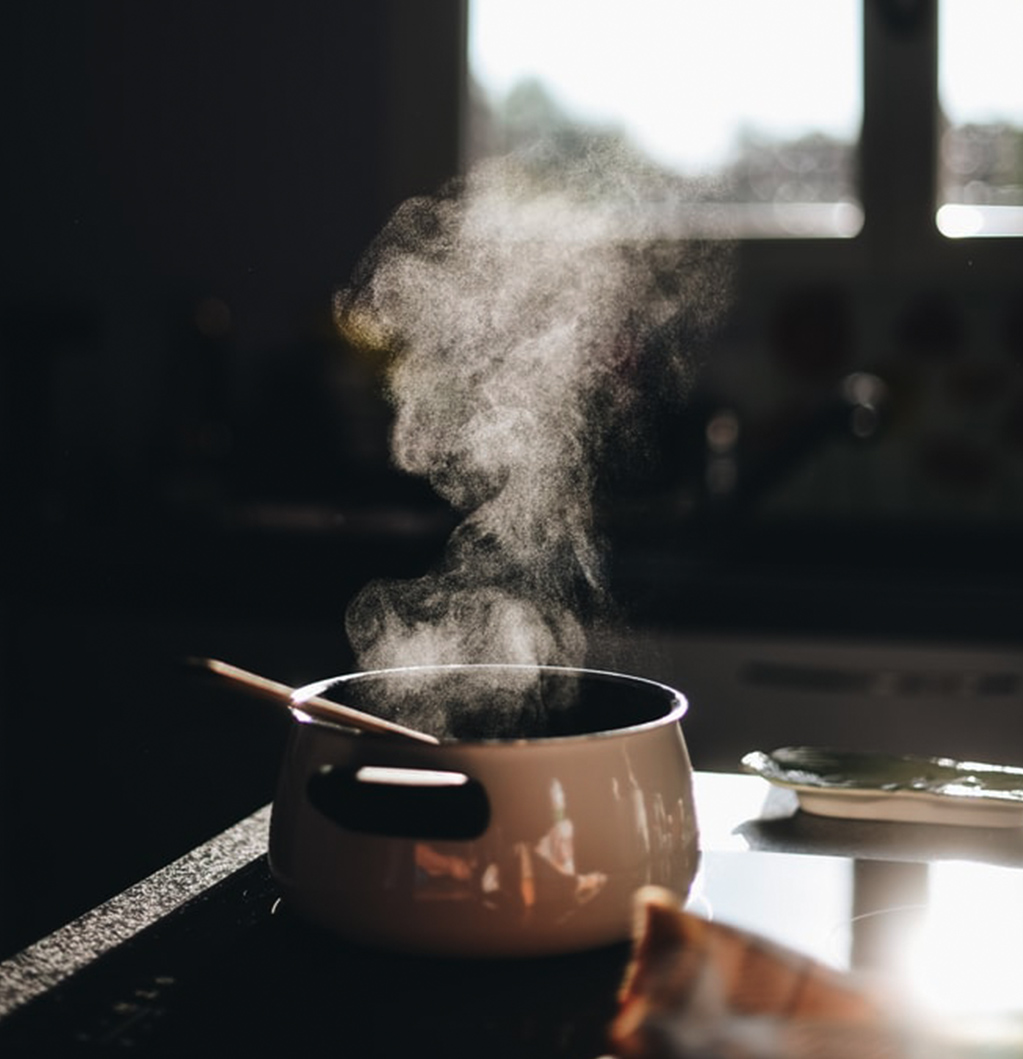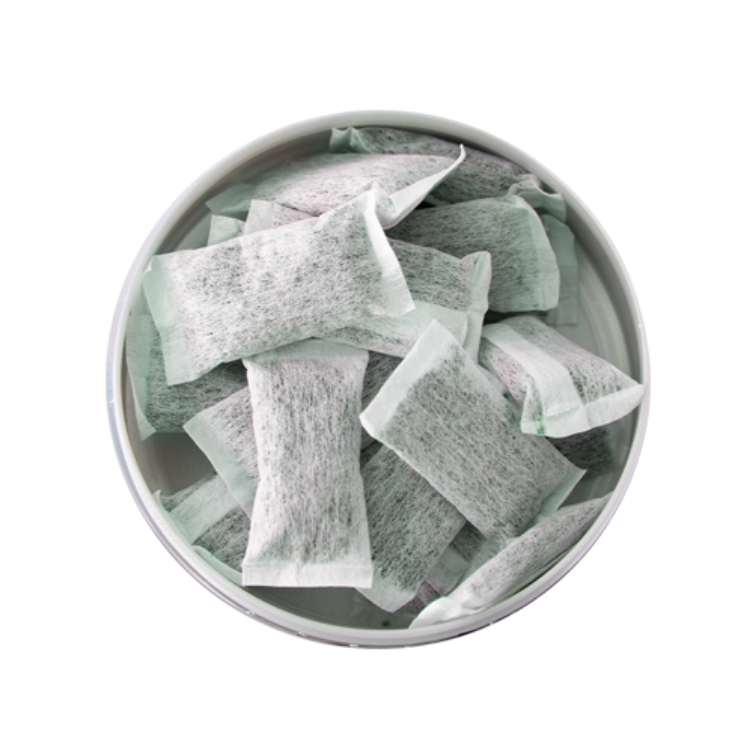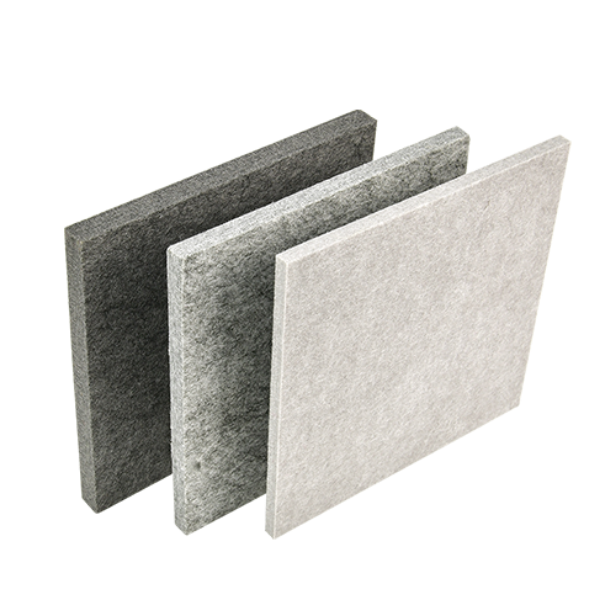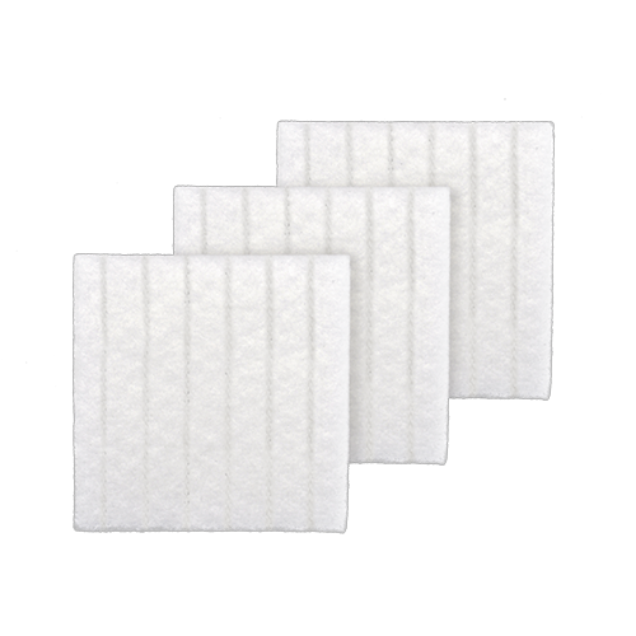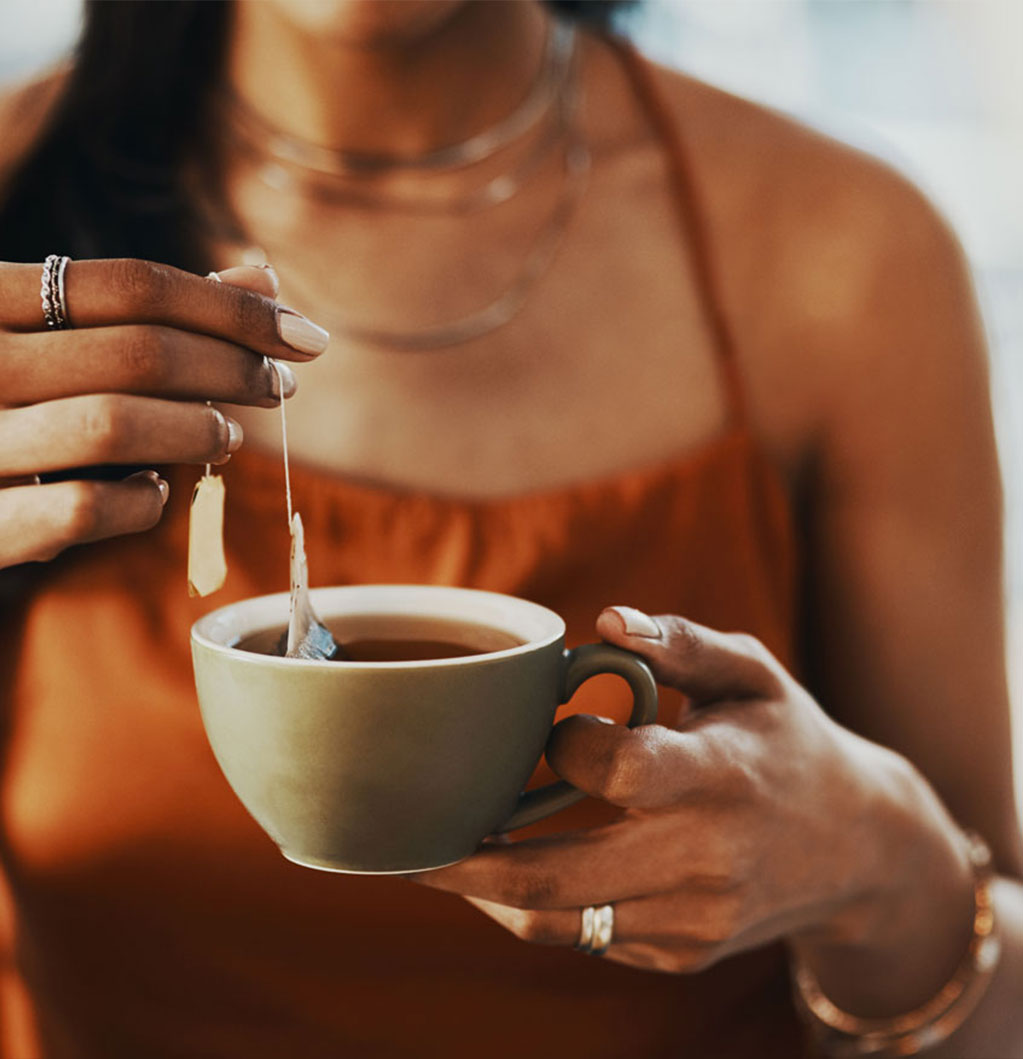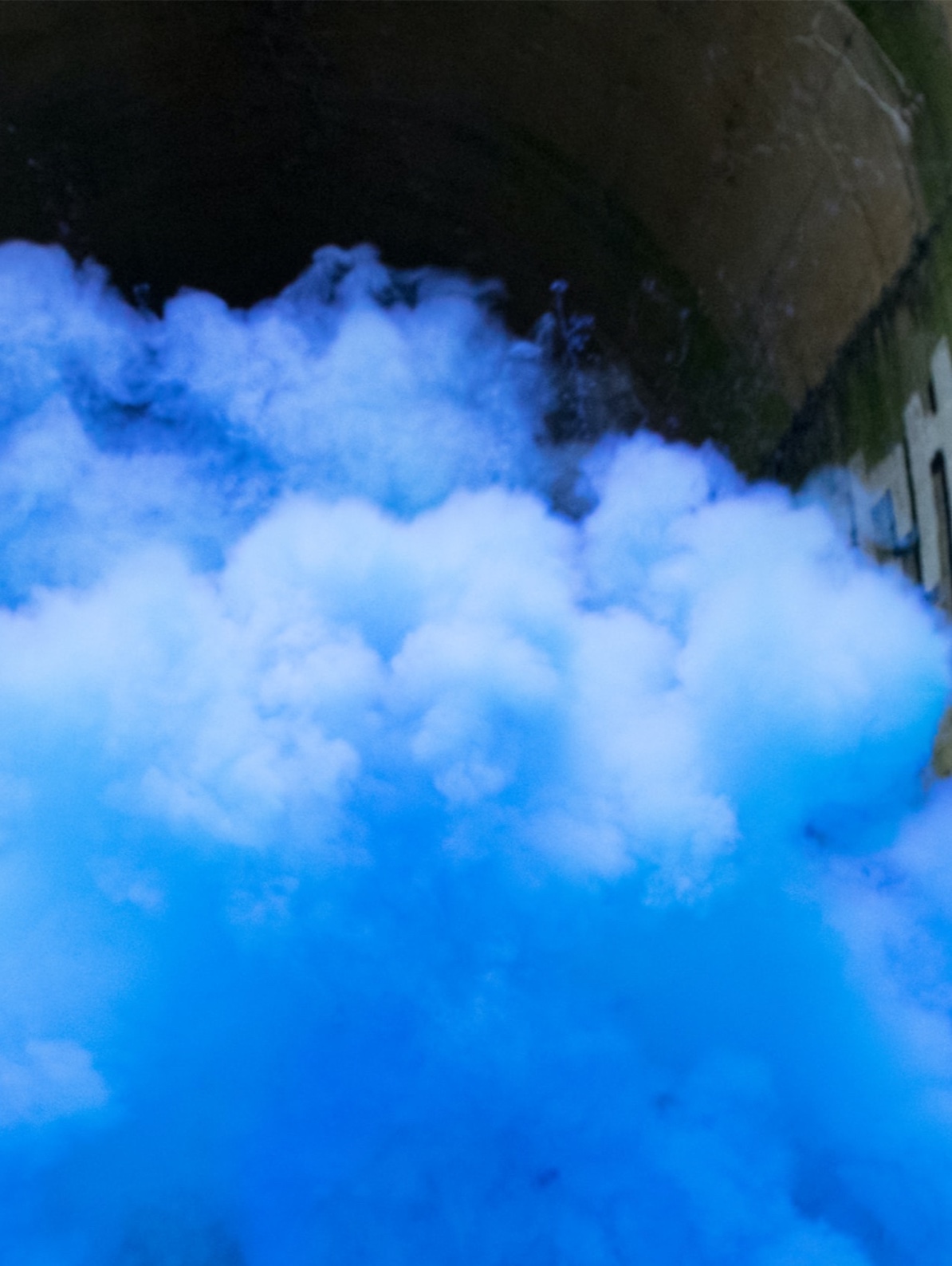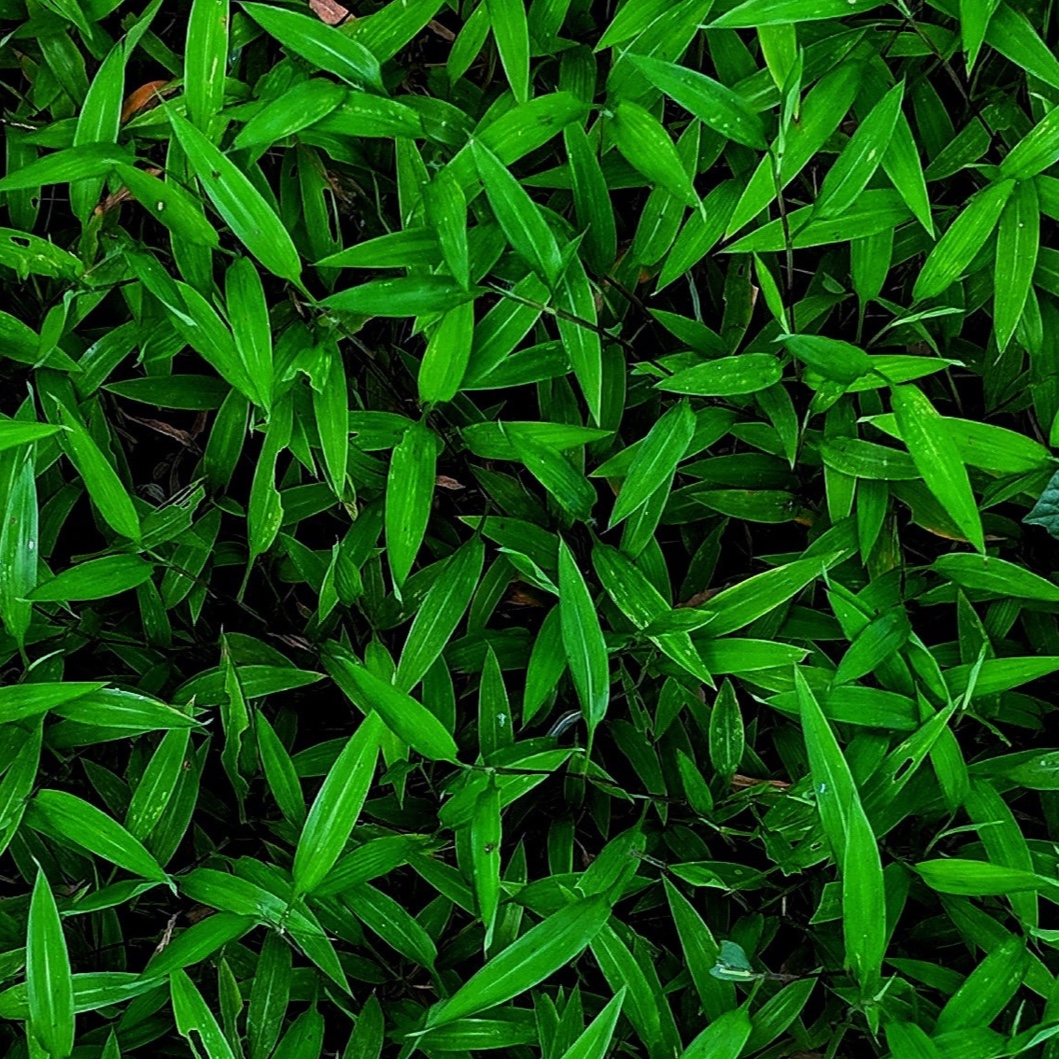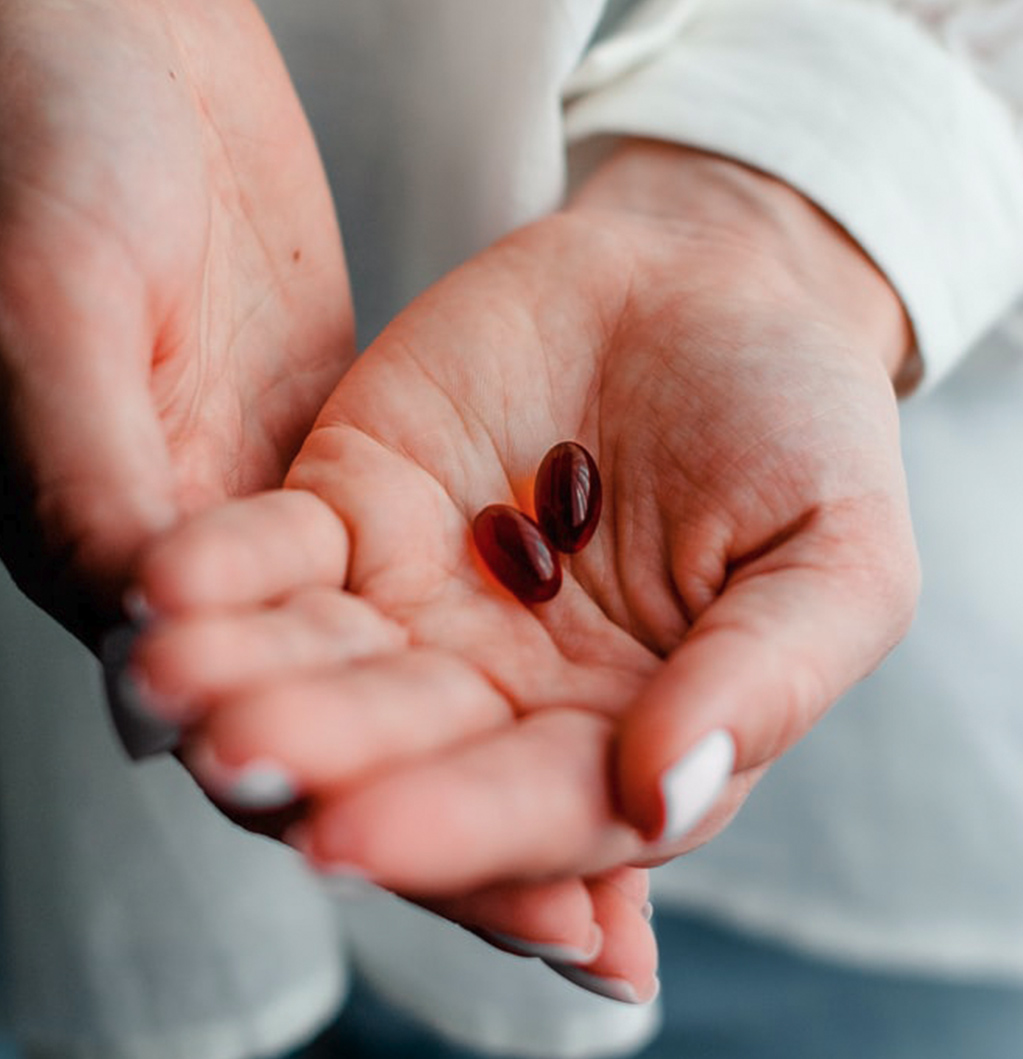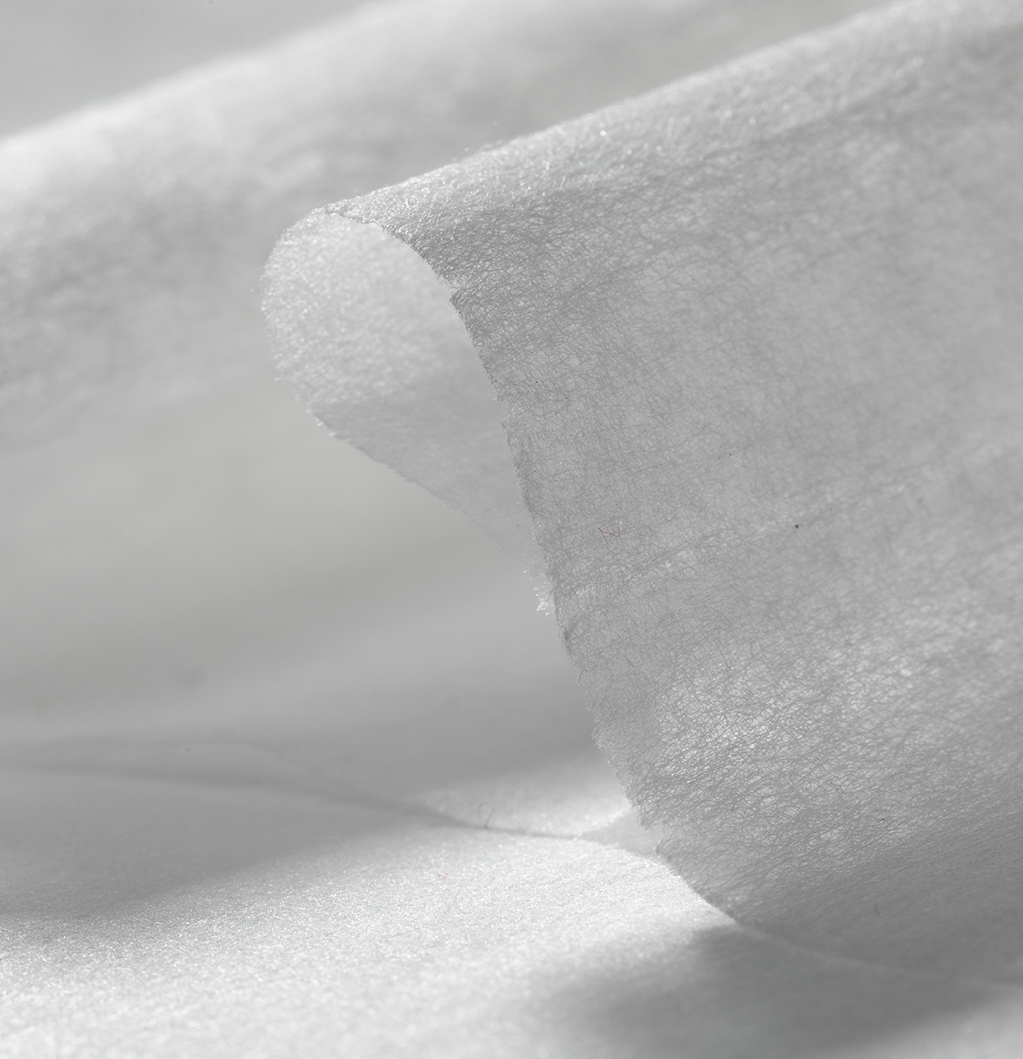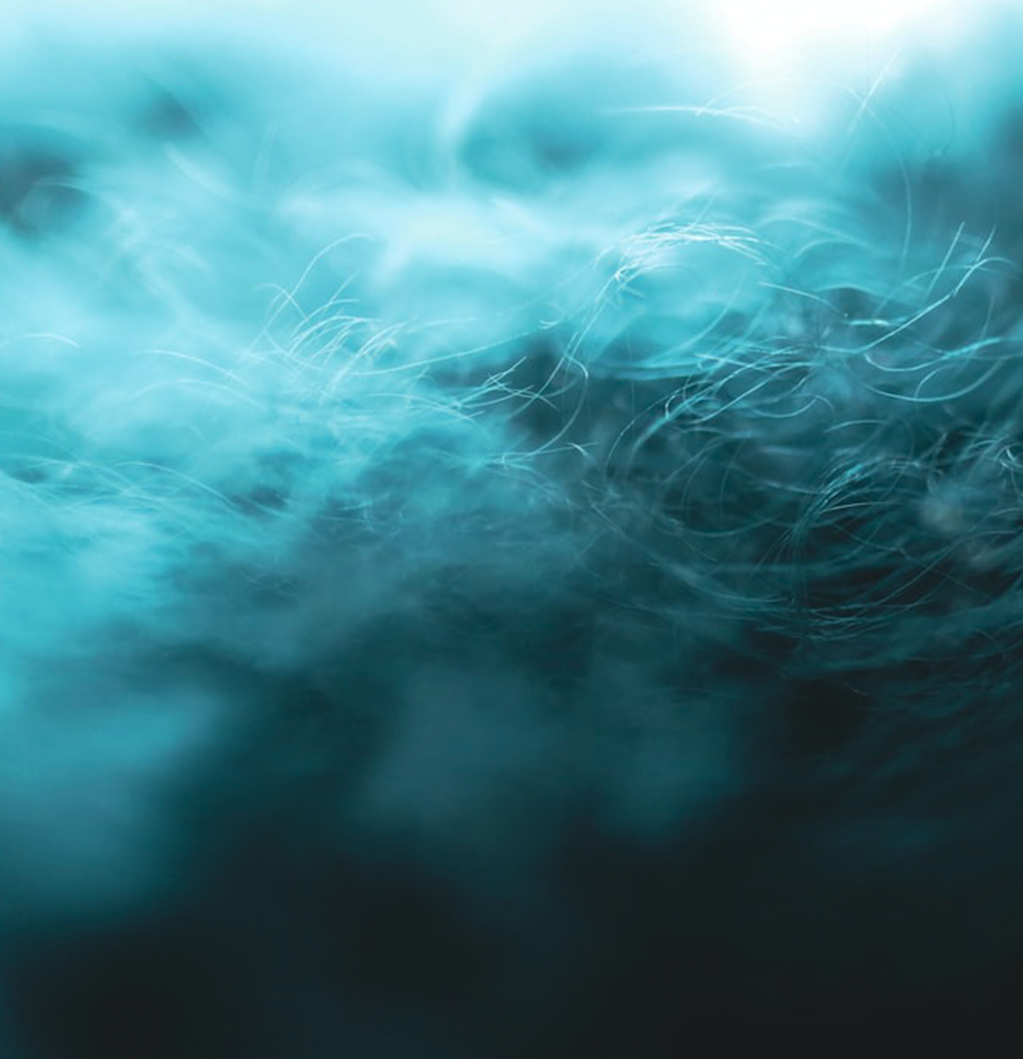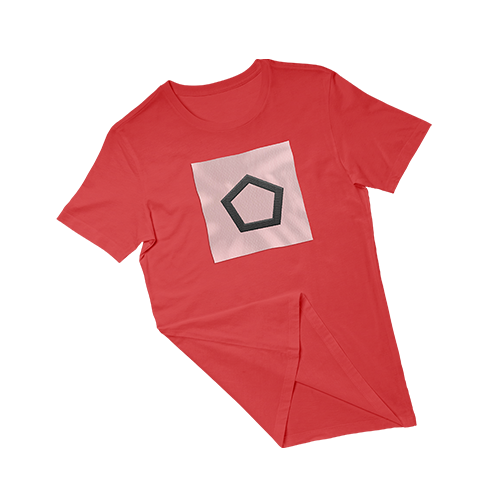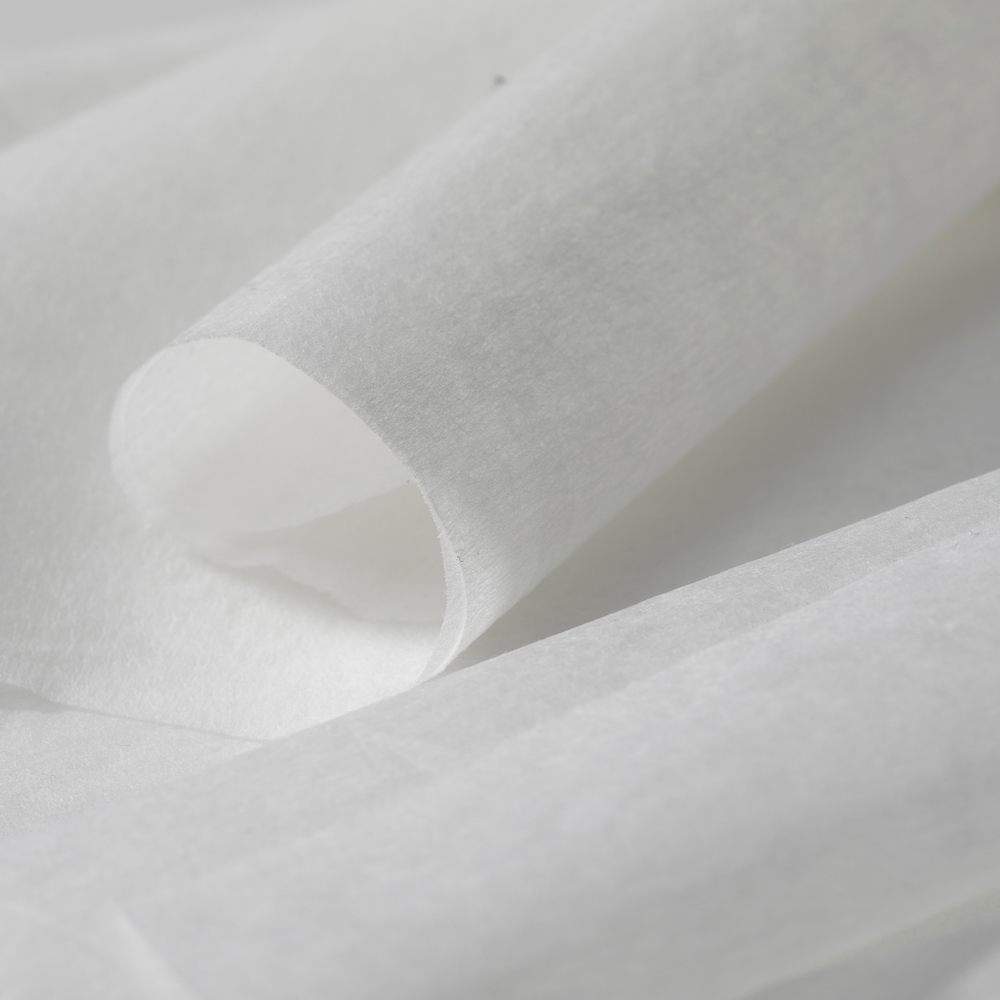Ingenious innovations
Controlled Flavour Release Fabric
01
At Nonwovenn, our researchers have also created a unique nonwoven fabric specially configured to control the rate at which active ingredients, be they a pharmaceutial product or a flavour, are released from pouches made from the nonwoven fabric.
Nonwoven fabrics have traditionally been used to make pouches containing individual portions of flavoured products, such as nicotine containing media, coffee, tea, etc., from which flavour is to be extracted. The liquid permeability of nonwoven fabric makes it ideal as a pouch material as it allows the flavours to diffuse and permeate out into the user’s mouth.
Our scientists at Nonwovenn have created a specially configured fabric that can actually restrict, rather than promote, the diffusion of for example an active medicinal ingredient or the flow of flavours out from the pouch. While counter-intuitive to traditional oral pouch users that normally require immediate flavour release, restricting the diffusion and flow of an active ingredient or flavour can be extremely useful in a whole host of applications. These include the oral delivery of drugs doses, medication, nicotine or other phamaceuticals where a gradual release of the product may be required, rather than an ‘instant hit’.
This special flow rate-controlling fabric can be constructed by combining a material that acts as diffusion-resticting barrier with a traditional nonwoven fabric substrate. The resulting fabric thus naturally restricts the diffusion or liquid flow through it. When used to form a pouch, the resulting nonwoven fabric thus initially inhibits the diffusion of the pouch contents into the user’s mouth. By varying the robustness of the ‘barrier’ that restricts the flow-rate of the active ingredient, a user can enjoy more or less flavour – or absorb more or less pharmaceutial product – as they wish. If the user requires more flavour or medicine, they can even remove the flow-rate restriction by chewing, thereby permitting faster release of the pouch contents.
The flow-rate ‘barrier’ can be made from different materials. For example a superabsorbent polymer can be used within the nonwoven fabric, which swells up on contact with water to create a physical barrier to flow-rate. The barrier can even be made with a digestible material such as starch. Alternatively, the flow-restricting material may comprise a layer of semi-permeable thermoplastic polyurethane laminated on the nonwoven fabric substrate. The flow-restricting material can even be woven into the fibres of a nonwoven fabric substrate.
